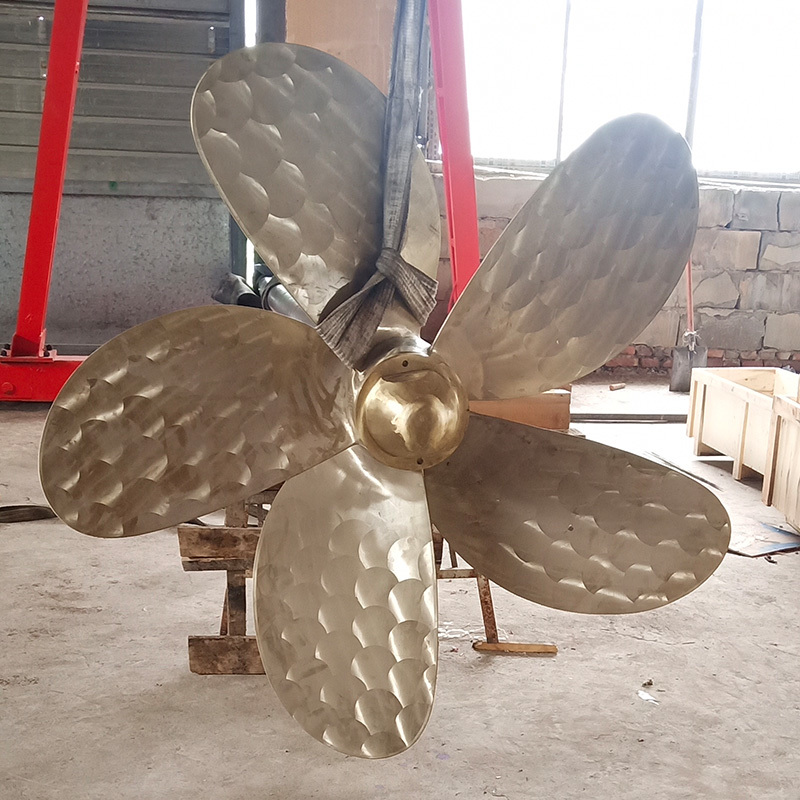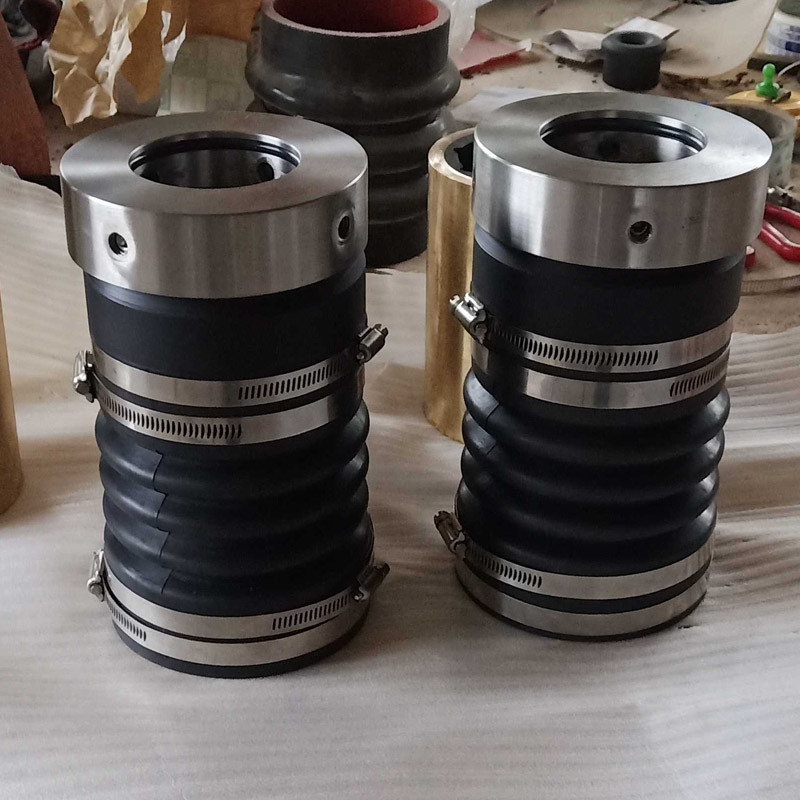Categories
Propeller Manganese bronze propeller Marine high speed propeller Three-bladed copper propeller
Our factory is specialized in designing, manufacturing and processing all kinds of ship stern shaft, copper propeller, rudder shaft and its supporting products (oil lubrication, water lubrication stern shaft sealing device, stern tube white alloy bearing, rubber bearing, dragon bearing, stern shaft copper sleeve stainless steel sleeve, rudder bearing, bulkhead transmission device, stuffing box) stern shaft grounding products professional manufacturers.
- Commodity name: Propeller Manganese bronze propeller Marine high speed propeller Three-bladed copper propeller
- Product Description
-
Ship Shaft Series - Propeller
I. Structure and Design
A propeller in a ship shaft series is a complex and crucial component. It typically consists of several blades, usually two to six, which are attached to a central hub. The shape of the blades is carefully engineered. They are often curved and twisted, with a specific airfoil - like cross - section. This shape is designed to efficiently convert the rotational energy from the ship shaft into thrust.
The pitch of the propeller blades is an important design parameter. Pitch determines how far the propeller will move forward in one rotation if it were operating in a solid medium. Propellers can have a fixed pitch, where the pitch is set during manufacturing and cannot be changed during operation. Alternatively, some modern propellers have variable pitch mechanisms, allowing for adjustment based on different operating conditions such as ship speed and load.
II. Function and Working Principle
The main function of the propeller is to generate thrust to move the ship forward or backward. As the ship's shaft rotates the propeller, the blades push water backwards. According to Newton's third law of motion, the reaction to this backward force on the water is a forward thrust on the ship.
The efficiency of the propeller is highly dependent on factors such as the blade shape, pitch, and the rotational speed. A well - designed propeller can significantly reduce the energy consumption of the ship. During operation, the propeller also has to deal with various flow conditions around the ship's hull, including the wake and any cavitation effects.
III. Applications
Propellers are used in a wide range of ships, from small pleasure boats to large ocean - going vessels. In cargo ships, they are essential for transporting goods across the oceans. In naval ships, a high - performance propeller is crucial for speed, maneuverability, and stealth. Cruise ships also rely on propellers to provide a smooth and efficient voyage for passengers.
IV. Challenges and Considerations
One of the major challenges is cavitation. When the pressure on the back of the propeller blades drops too low, small vapor - filled cavities can form. When these cavities collapse, they can cause erosion on the propeller blades and reduce its efficiency. Another consideration is noise reduction. In naval applications, quiet operation is often desired, so propeller designs need to minimize noise generation. Additionally, propellers need to be durable enough to withstand the corrosive effects of seawater and the mechanical stresses of continuous operation.
The manganese bronze propeller is a high-performance marine propulsion solution engineered for exceptional strength, corrosion resistance, and efficiency. Made from a premium copper-zinc alloy with manganese, aluminum, and iron, this propeller offers superior durability in both freshwater and saltwater environments, making it ideal for commercial, recreational, and heavy-duty marine applications.
Key Advantages:
Unmatched Durability – Manganese bronze provides excellent tensile strength and wear resistance, ensuring a longer lifespan compared to standard brass or aluminum propellers.
Corrosion & Cavitation Resistance – Enhanced alloy composition resists saltwater corrosion, pitting, and cavitation damage, maintaining optimal performance over time.
Smooth & Efficient Operation – Precision-engineered blades deliver maximum thrust, fuel efficiency, and reduced vibration for smoother sailing.
Versatile Compatibility – Suitable for inboard and outboard engines, available in various sizes and pitches to match different vessel requirements.
Key words:
Ship Rudder Series | Ship Shaft Series
Get A Quote
Note: Please leave your email address, our professionals will contact you as soon as possible!
Related Products








